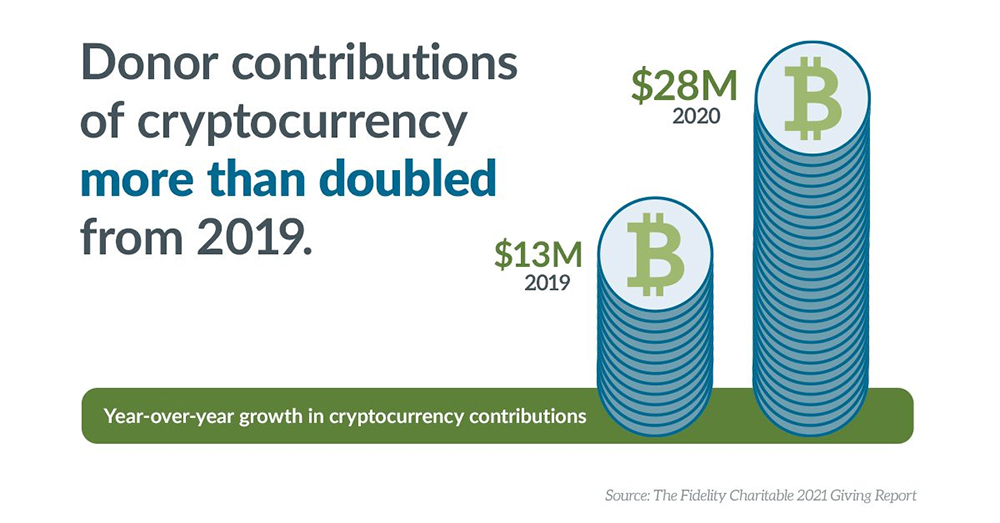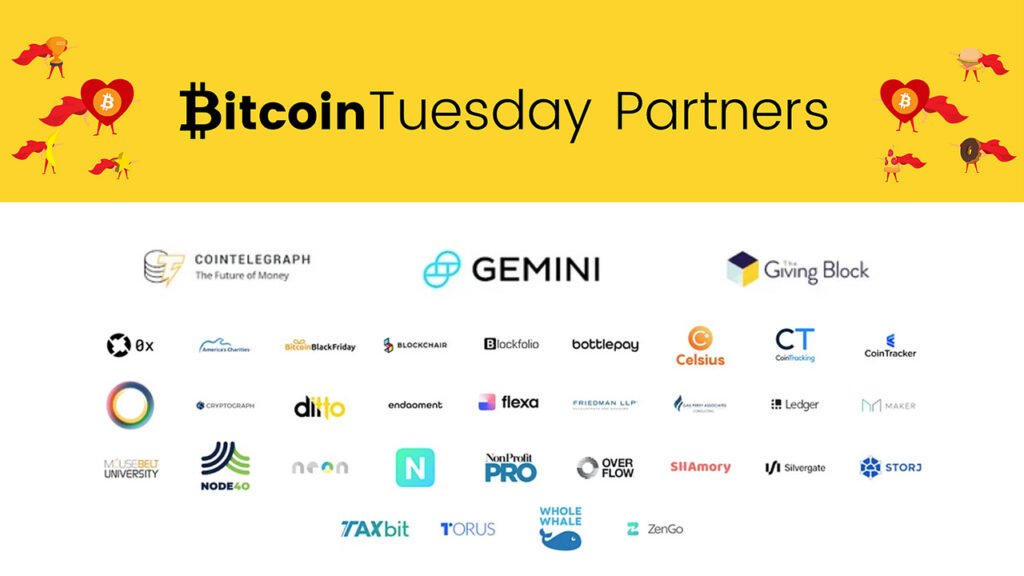The Great Lakes Science Center in Cleveland may be locally renowned as an incubator for young nerdy minds, but on the national stage, it’s hardly seen as an institution pioneering transformative digital practices. And yet, the museum on the shores of Lake Erie is one of only a handful in the U.S. accepting cryptocurrency — bitcoin to be specific.
Adopted in 2018 ahead of a conference striving to turn the state of Ohio into a blockchain leader, the decision can be seen as an ideological statement by a science and technology museum practicing what it preaches, rather than a practical means of processing tickets (0.0016 bitcoin for a young family of four at time of writing). To date, it’s sold fewer than 10 tickets via bitcoin.
“We’re part of a community-wide effort to grow the region’s strength as an emerging technologies hub,” says Kirsten Ellenbogen, Great Lakes Science Center’s CEO. “Accepting bitcoin puts out a welcome mat, and signals that bitcoin and blockchain are important in Cleveland.”
Implementation requires little more than registering a cryptocurrency wallet and connecting it to a QR code, or by working with a cryptocurrency payment service provider — Great Lakes Science Center chose BitPay — a process Ellenbogen says was “fairly easy with support available online. We were able to implement fairly quickly and get our staff trained.”

Cleveland’s Great Lakes Science Center is one of the very few museums in the US that accepts cryptocurrency at on-site admissions. Image: Great Lakes Science Center.
Even still, institutional reticence to accept bitcoin, Ether, or whatever altcoin is in vogue is understandable given the currencies’ volatility and relatively niche user base — estimated at just over 100 million globally in early 2021 with roughly a third in the U.S.
However, the industry-wide ambivalence to accepting cryptocurrency donations is harder to comprehend, particularly at a time of financial peril. For starters, around $300 million in cryptocurrencies are donated annually in what is a young and growing space. Moreover, it makes cultural institutions an outlier in a non-profit sector whose embrace of cryptocurrency donations accelerated through the pandemic.
In 2018, around 2 percent of U.S. non-profits accepted crypto donations; today that number is far higher, with big names from the American Cancer Society to No Kid Hungry adapting to meet the surge of individuals seeking to donate. Aside from altruistic intentions, this growth is being driven by new awareness of the tax deduction benefits of doing so: the IRS classifies cryptocurrencies as properties, meaning donors don’t owe capital gains tax — a factor that often results in 20 to 30 percent higher donations and deductions.
One indicator of this growth is Fidelity Charitable, through which individuals open donor-advised funds and support charities in a structured and forward-thinking manner. It saw donors contribute $28 million in cryptocurrency to accounts last year, up from $13 million in 2019. Perhaps tellingly, a representative of corporate communications stated no recollection of Fidelity research pointing to cultural organizations accepting crypto.

In 2020, Fidelity Charitable donors also increased the pace and amount of their grants: the average grant was $4,614 — an increase of about $250 from the previous year. Image: Fidelity Charitable
If the burgeoning popularity of donating crypto to donor-advised funds such as Schwab Charitable and National Philanthropic Trust promises future blessings for non-profits — ones that could potentially benefit cultural institutions since donations to funds can be granted belatedly — other organizations are facilitating the benevolent opening of cryptocurrency wallets in real time.
One such initiative is the Giving Block, a leading platform that makes crypto donations simple by arming non-profits with website donation widgets. Inspired by the Pineapple Fund, which saw an anonymous individual donate $55 million worth of bitcoin to 60 charities, the Giving Block sought to connect a class of Millennial and Gen Z coin holders with organizations not renowned for their technological innovation.
In a sign of progress, its month-long fundraising campaign, Bag Season, raised $2.1 million in December 2020. Yet a browse through the hundreds of non-profits it represents reveals a paucity of arts and cultural organizations.

The Giving Block’s Bag Season corporate partners range from crypto platforms like Nifty Gateway to digital agency Whole Whale. Image: The Giving Block
“There’s still skepticism towards crypto at non-profits, a misconception that crypto is where it was ten years ago,” co-founder Alex Wilson tells Jing Culture & Commerce, “in that few people use it and those who do are using it for illicit reasons.” This, Wilson says, is simply not the case, a point he makes to an increasingly diverse field of potential non-profits.
Aside from helping connect cultural organizations with young audiences, museums have an inherent fundraising advantage, Wilson says: “Having a physical space and being experienced in holding in-person events, you could put up QR codes, for instance. Most of our non-profit clients don’t have that.”
At a time when cultural organizations are openly debating the potential implications of NFTs, blockchain technology, and the cryptosphere, the impact of an abstract conversation on century old practices awaits to be seen. In other areas of the non-profit sector, however, many are already experiencing very concrete benefits.



